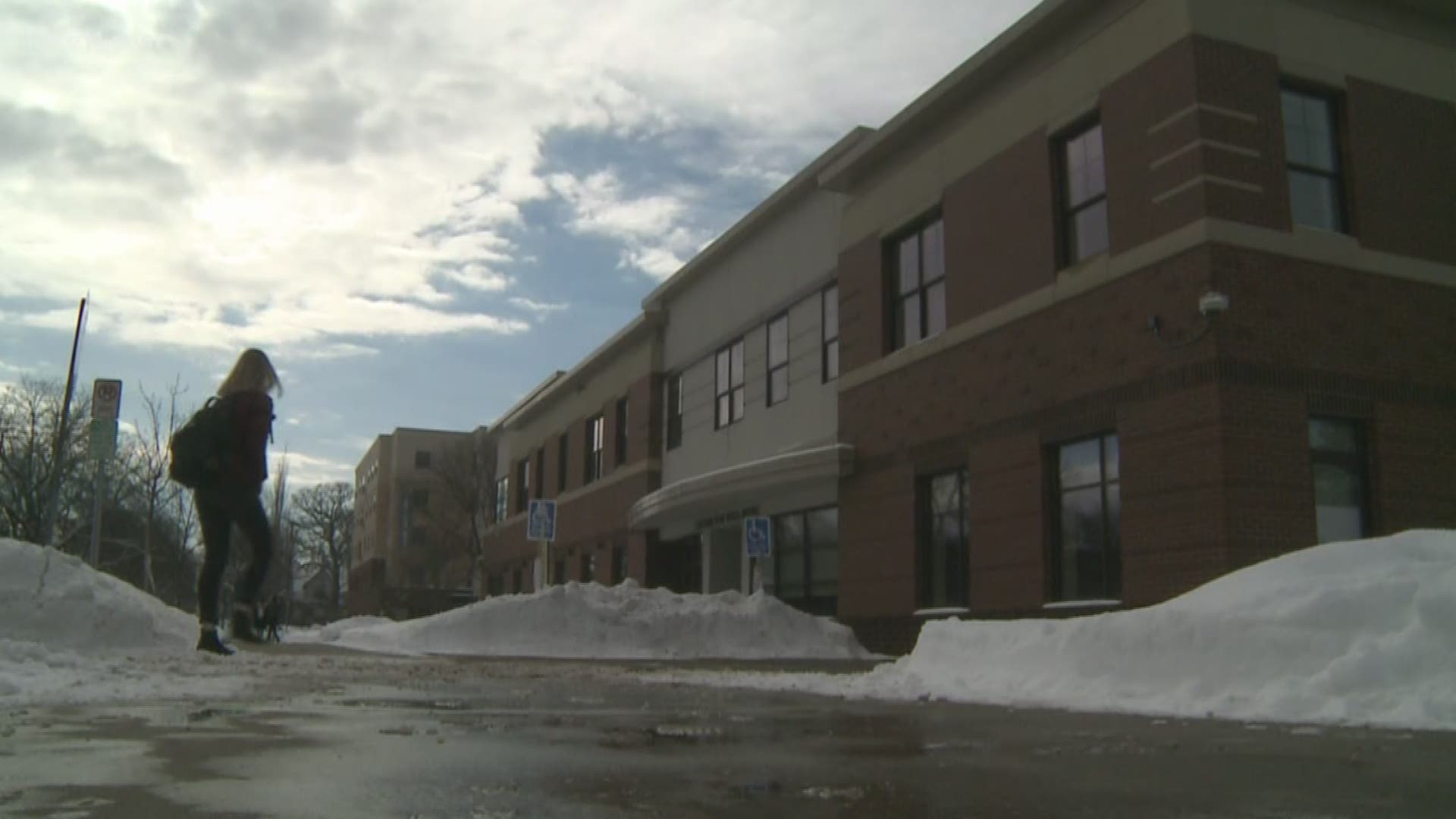ST PAUL, Minn. — You've probably heard the term “one-stop shopping.”
It’s a term often connected with department stores and shopping malls, but it’s also the idea behind the new Center for Wellbeing at the University of St. Thomas.
“Before we were in four different locations across campus,” executive director Madonna McDermott says.
Under the old system, health and wellbeing services were separated into four different buildings on campus.
Health services was in one building, counseling and psychiatry was in another, and violence prevention, and health promotion services, were each in other buildings as well.
McDermott says all four buildings are now under one roof as part of a holistic approach to student health.
“It helps for those times when a student is seeking help and they don’t even know what they are wanting or needing, but they know something just isn’t right and they’re not feeling well,” McDermott says.
The Center for Wellbeing is part doctor’s office, part counseling center, part yoga studio.
McDermott says it’s a convenient way for students to get help that also lets them stay anonymous.
She says this is especially important for students with mental health problems.
"When you check in, people don't know if you're checking in to see a mental health counselor, a dietician, or physical therapist, or a medical provider. There’s anonymity and I think that will be a benefit to students,” McDermott says.
According to mental health advocacy group Active Minds, nearly 39% of college students will experience a significant mental health issues during their time on campus.
RELATED: Making positivity a priority in 2020
However, due to the stigma and embarrassment that comes with mental health problems, only one-third of those students will actually seek help.
Lillian Thomas, a junior at St. Thomas, says freshman in particular have a tough time adjusting during that first year on campus.
“You can feel isolated and lonely, no matter how many campus activities you’re in,” Thomas says.
“A student who is having an anxiety episode, it might be a headache, or a stomachache and a student might not know that it’s more of a mental health issue with their anxiety manifesting itself as a physical problem,” Thomas says.
McDermott says this holistic idea of creating a “wellness center” was inspired by other universities like Duke and Cornell that already have similar programs on campus.
The Center for Wellbeing has been up and running for a few weeks now, but the official grand opening will be held this Wednesday.

